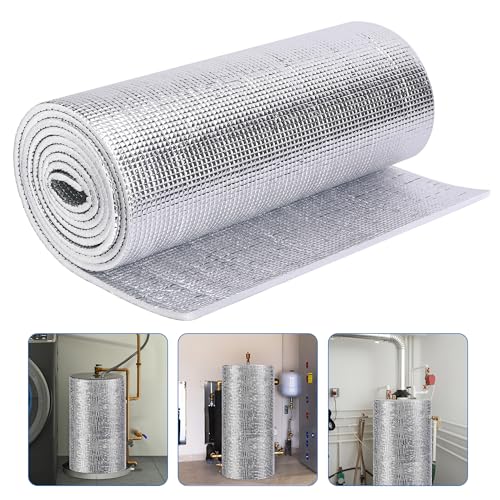I have an old cabin. This is the kitchen sink drain. It's been problematic since the day I moved in. I want to replace it with a modern P trap and vent.
For now, I can't even figure out how to dismantle this pipe.
I have no way to put in a standard vent pipe; I can run a pipe outside and then go up on the outside wall (this seems to be pretty common in these old cabins.)
Any help or suggestions are greatly appreciated.




For now, I can't even figure out how to dismantle this pipe.
I have no way to put in a standard vent pipe; I can run a pipe outside and then go up on the outside wall (this seems to be pretty common in these old cabins.)
Any help or suggestions are greatly appreciated.





























































